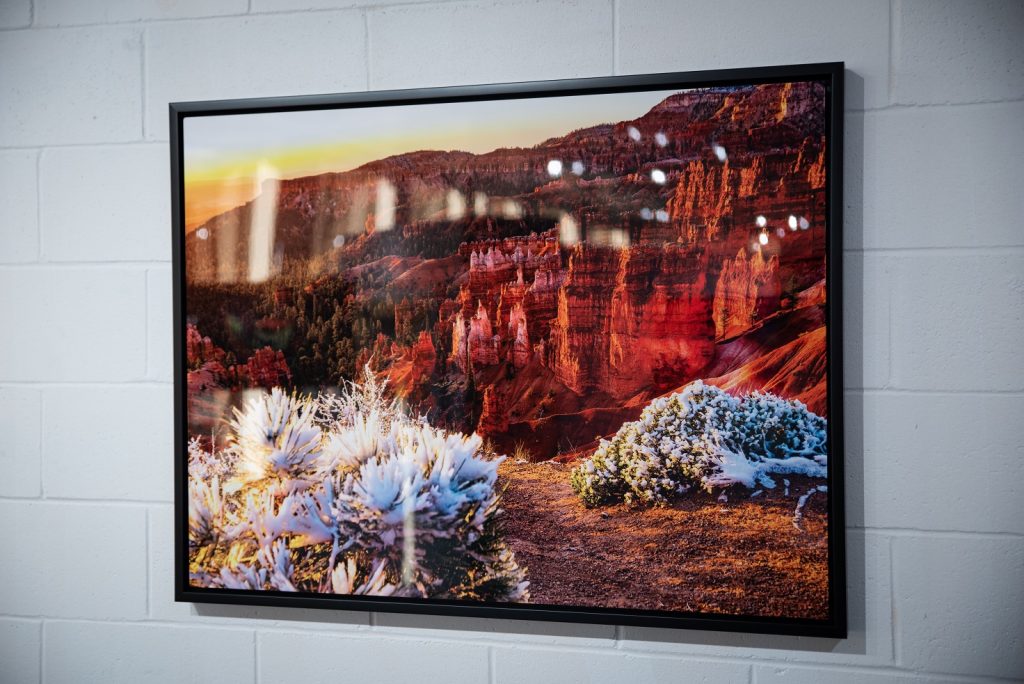The Complete History of Photography and Custom Metal Prints
In today’s world of smartphones and digital photography, we get the instant gratification of seeing photos the second they’re snapped. If we don’t like the photo, it’s deleted and taken again (and again) until we like the way it looks. We then can create images on different mediums which can include custom metal prints
That’s a far cry from the photography of the early days where you could only take one photo, and that involved a whole elaborate process. Photography has come a long way since those earliest photos. Now, photography has evolved into its own art medium too.
Read on to learn about the history of photography and how it has progressed over time.

Images That Became Permanent
While scientists had been playing with the idea of capturing images, none would remain permanent until sometime in the 1830s. French inventor Joseph Nicéphore Niépce captured the first image that stayed. In other words, he not only captured the image, but it didn’t fade away later.
He used a plate coated with bitumen and opened up 8 hours of exposure from his bedroom window. He then used a solvent and laid the image over a box of iodine. Through this process, the light and dark of the image appeared and he was able to capture the image.
Daguerreotype
Niépce’s advances led him to partner with another French inventor, Louis Daguerre. The two took photography to the next level by developing the earliest ideas in the film. Their method, later dubbed daguerreotype, led to the onset of modern film usage.
The daguerreotype process followed several steps. First, they would take a copper plate that’s coated in silver, then exposed to iodine vapor before the exposure to light.
Then, to get the image to stick, the earliest daguerreotypes got exposed to light. This light exposure had to last up to 15 minutes to stick. Daguerreotype remained a popular and often used process until film advanced to emulsion plates.
Emulsion Plates
Photography of this time was mostly used for portraits. They didn’t snap selfies or pics of what they were having for dinner. Instead, the process documented formal portraits. The problem was how long a person needed to stay still with the daguerreotype process to get an image.
This was until the emulsion plates came along. This process sped up the capturing of the image to only a few minutes instead of many, many minutes of sitting still. Instead of coating the plate, like with daguerreotype, an emulsion process called the Collodion process was used.
This meant that only a few seconds were needed for exposure. At the same time, a new feature was added to photography that allowed the image to be focused.
Dry Plates
In just a few decades, photography had made huge strides in recording a permanent image. By the 1870s, photography made another big jump in advancement. Instead of creating the emulsion slides when needed because they were wet, dry slides came into use.
The dry slides used the same process as the emulsion slides. The advancement was that slides got created and stored. This allowed a photographer to be able to shoot multiple images because the slides could be ready and waiting. The exposure time remained low, so more images could be created at a time.
It was also this time period that the first camera with a mechanical shutter came into use.
Cameras for Everyone
In the 1880s George Eastman changed photography forever when he started the Kodak company. Instead of the big plates that up to now had recorded the image in photography, George Eastman created a roll with film on it.
The flexible roll meant that a photographer did not constantly have to change from slide to slide. The simple box camera was invented that held the roll of film and kept it from exposure until it was developed in the lab.
The film was still bulky and the whole camera needed to go to the lab for development. In the 1940s, 35mm film advanced enough that the average consumer could afford to buy both a camera and Kodak film to capture their images.
Polaroid and Instant Images
While great advances were being made with 35mm photography, so too, was the idea of an instant image. Polaroid rolled out their special camera and film combination. The film came preloaded with chemicals that developed the photos in a minute or less.
The first Polaroid cameras were relatively expensive. But by the 1960s, the camera and film price went low enough that the average consumer could jump on the bandwagon of getting an instant photograph.
Polaroid photography remained in use into the 2000s until 2008 when Polaroid stopped production. Their secret chemical compound used for film development remained a secret for the entire life of Polaroid photography.
In the past, we’ve written about the process/steps needed to produce custom metal prints from an old, printed photo. If you are interested in creating a print from an old photo, read on here.
Cameras That Did the Work for You
During the late 70s and early 1980s, cameras took on another advancement that made taking photos easier for the average person. Cameras became smarter and took care of all the settings for you, enabling you to take a quality photo with ease from a relatively small camera.
Automatic cameras became something everyone had and could capture whatever important events came their way. In the sense, it was when humans became enamored with the idea of capturing all of life’s important moments. Photos then became keepsakes, were framed, and even used for large scale art.
The World Went Digital
By the 1980s and 90s, cameras again took on a major evolution. With the onset of the computer, so too, did the camera change. Cameras no longer needed the traditional film to capture images, Instead, images were captured and saved digitally. Then photographers could take those digital images and put them onto their computer and save, often ever without printing a photograph.
Then the age of mobile devices like phones and tablets added to the digital craze. Now, many simply use advanced cameras on their mobile phones to snap photographs. During this digital age, the demand for custom metal prints and other customized decor skyrocketed. The ability to use your own photos to create pieces of art in an affordable manner is a game-changer.
Custom Metal Prints from your Photos
Photography has evolved and changed enormously from those early, big slides than needed hours to capture the image. The history of photography has evolved into the digital images captured on phones and other non-camera devices. Our custom metal prints harken back to these old days of photography, with metal plates, and an industrial look. However, the production of our custom metal prints is far from ancient! We use modern printing technology to make sure your image comes out crisp, clear, and vibrant.
Check out our gallery to see what we can do to turn your photos into a beautiful piece of custom art.




